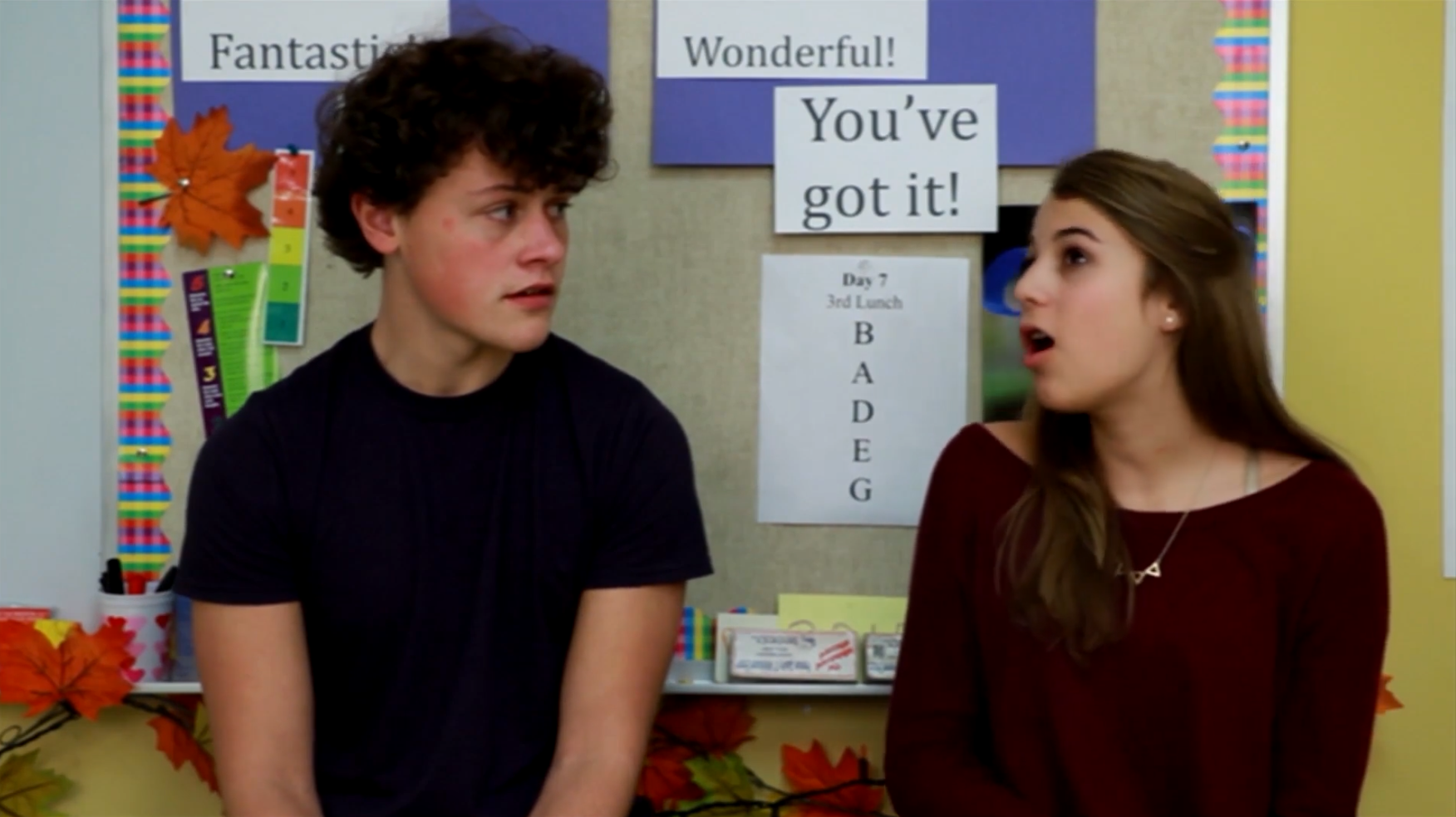Introduction
Social-Emotional Learning (SEL) is an essential aspect of education, especially for high school students. One critical skill in this area is the ability to see a problem from another person’s side. By understanding how others feel in a given situation, students can develop empathy, enhance their communication skills, and foster positive relationships. In this blog post, we will explore a no-prep activity for educators to teach this valuable skill, along with discussion questions and related skills to reinforce the concept.
No-Prep Activity
The “Two Sides to Every Story” activity is a simple, engaging way for students to practice seeing a problem from another person’s side. Here’s how it works:
- Divide the class into pairs. Each pair will be given a hypothetical scenario involving a conflict or disagreement between two people.
- Ask one student in each pair to take on the role of Person A, while the other student takes on the role of Person B.
- Give the students 5-10 minutes to discuss the situation from their character’s perspective, focusing on their feelings and thoughts about the problem.
- After the allotted time, have the students switch roles and spend another 5-10 minutes discussing the situation from the other character’s perspective.
- Finally, bring the class back together and have each pair share their insights on how seeing the problem from both sides helped them better understand the situation and the feelings of both parties involved.
This activity not only encourages empathy and understanding but also promotes active listening and effective communication among students.
Discussion Questions
After completing the “Two Sides to Every Story” activity, facilitate a group discussion with the following questions:
- How did it feel to put yourself in another person’s shoes and see the problem from their perspective? Were there any surprises or new insights?
- What strategies did you use to understand the other person’s feelings and thoughts about the situation?
- How can seeing a problem from another person’s side help in resolving conflicts or disagreements?
- Can you think of a real-life situation where you could apply this skill? How might it change the outcome?
- What challenges did you face when trying to see the problem from the other person’s perspective? How can you overcome these challenges?
Related Skills
In addition to seeing a problem from another person’s side, there are other related SEL skills that can be beneficial for high school students. These include:
- Active Listening: Paying close attention to what others are saying, asking clarifying questions, and demonstrating understanding through verbal and non-verbal cues.
- Empathy: Recognizing and understanding the feelings and emotions of others, and responding with care and compassion.
- Conflict Resolution: Identifying the root cause of a disagreement and working together to find a mutually agreeable solution.
- Assertiveness: Expressing one’s thoughts, feelings, and needs in a respectful and confident manner, while considering the rights and feelings of others.
- Collaboration: Working effectively with others to achieve a common goal, even when opinions and perspectives differ.
Next Steps
Now that you have learned about the importance of seeing a problem from another person’s side and have a no-prep activity to practice this skill, we encourage you to explore more SEL resources. To get started, sign up for free sample materials from Everyday Speech, which includes a variety of engaging activities and lessons to help your students develop essential social-emotional skills.






